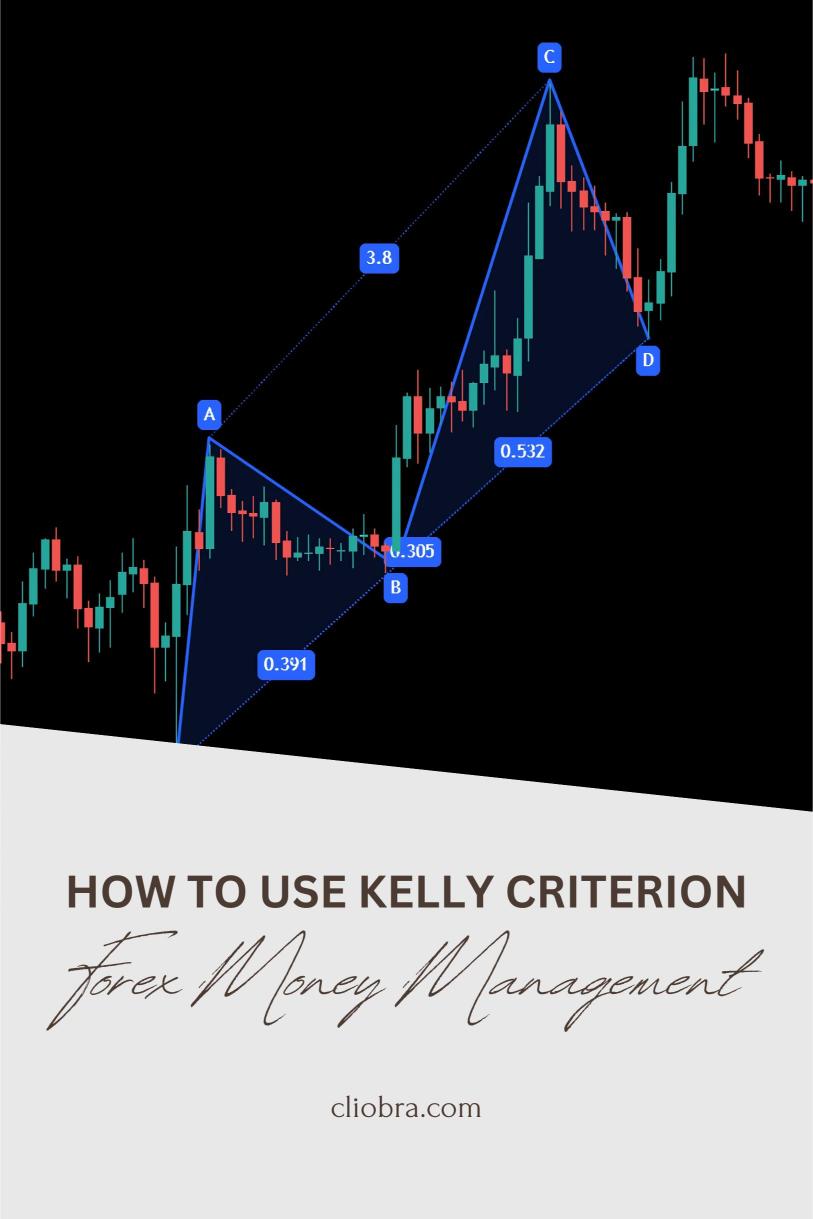Last Updated on February 3, 2025 by Arif Chowdhury
Ever blown up a trading account? Yeah, me too. It sucks. That’s why mastering money management is the most important skill in Forex.
Forget fancy indicators, if you can’t manage your risk, you’re toast. One powerful tool I’ve used since 2015 is the Kelly Criterion.
Let’s dive in.
What is the Kelly Criterion? 🤔
Think of the Kelly Criterion as a mathematical formula that tells you the optimal percentage of your trading capital to risk on any single trade.
It’s designed to maximize your long-term growth while minimizing the risk of ruin. It’s not a holy grail, but it’s a damn good starting point.
How Does it Work? ⚙️
The formula itself looks a bit intimidating:
f* = (bp - q) / bWhere:
- f* = Optimal fraction of capital to bet
- b = Net odds of winning (decimal form, e.g., 1.5 for 1:1.5 odds)
- p = Probability of winning
- q = Probability of losing (1 – p)
Let’s break it down with a simple example. Imagine you’ve backtested your trading strategy and found that you win 60% of your trades (p = 0.6). Your average winning trade nets you 1.5 times your risk (b = 1.5).
- q = 1 – 0.6 = 0.4
- f* = (1.5 * 0.6 – 0.4) / 1.5 = 0.267
This means, according to the Kelly Criterion, you should risk approximately 2.67% of your capital on this trade.
Why Use the Kelly Criterion? 📈
- Optimal Growth: It aims to maximize your long-term returns by finding the sweet spot between risk and reward. Too little risk, and you’re leaving money on the table. Too much, and you’re flirting with disaster.
- Risk Management: It helps you avoid over-leveraging and blowing up your account. Remember, even the best strategies have losing streaks. The Kelly Criterion helps you weather those storms. Fun fact: A study found that traders who use the Kelly Criterion (or a close approximation) tend to have significantly lower drawdowns.
- Consistency: By consistently applying the Kelly Criterion, you’re more likely to achieve steady, long-term growth. It encourages a disciplined approach to trading.
How to Apply it to Forex Trading 💹
- Backtesting is Key: You need reliable data on your win rate and average win/loss ratio. This is where backtesting your trading strategy comes in. I’ve spent years refining my own strategies, backtesting them over 20 years of historical data to ensure they’re robust. This is also the reason why my trading bots are designed to perform well in the long-term. They trade for 200-350 pips and that’s why they are more profitable in the long-term.
- Be Conservative: The Kelly Criterion can be aggressive. Many traders prefer to use a fraction of the calculated Kelly percentage (e.g., half or even a quarter) to be on the safe side. I personally use a more conservative approach.
- Adjust as Needed: Market conditions change. Your win rate and win/loss ratio may fluctuate. Be prepared to adjust your position sizing accordingly.
- Consider Your Risk Tolerance: The Kelly Criterion is a guideline, not a strict rule. Ultimately, you need to be comfortable with the level of risk you’re taking.
My Trading Journey and Bots 🤖
Since 2015, I’ve been deep in the Forex world, learning the ropes and building my own profitable trading strategies. I’ve even developed 15 trading bots that execute these strategies automatically.
These bots are designed to trade long-term, targeting 200-350 pips per trade, and they’ve been rigorously backtested to ensure they can handle tough market conditions.
They are diversified across major currency pairs (EUR/USD, GBP/USD, USD/CHF, USD/JPY) and work on H4 charts. If you’re curious, feel free to check them out.
Final Thoughts 💭
The Kelly Criterion is a powerful tool for Forex money management, but it’s not a magic bullet. It requires careful backtesting, a disciplined approach, and an understanding of your own risk tolerance.
Combined with a solid trading strategy and the right broker (I’ve tested a few good ones, by the way), it can significantly improve your trading performance.
Remember, successful Forex trading is a marathon, not a sprint. Focus on consistent, long-term growth, and you’ll be well on your way.
